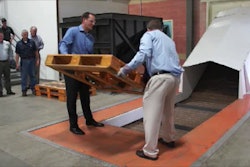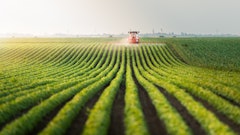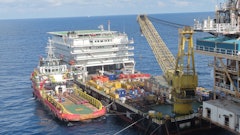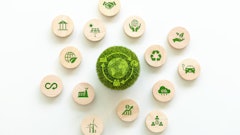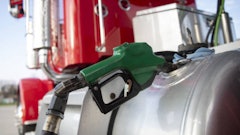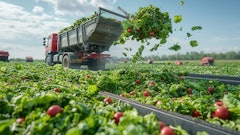Helsinki: Nordic carrier Finnair will launch its first long-haul flight powered by bio-fuels to Asia, where India is a strategic market, to show its commitment towards environment protection and sustainable air transportation.
"We were the first to fly the longest commercial bio-fuel flight flown anywhere in the world," said Kati Ihamaki, vice president for sustainable development with Finnair, referring to the flight in July last year between Amsterdam and Helsinki. "We have now planed a long-haul flight powered by bio-fuels. It could be end of this year or beginning of next year. It could be to anywhere in Asia. It could be India too," Ihamaki told a visiting IANS correspondent.
Environment-friendly bio-fuels are extracted from renewable organic raw material such as plants and have potential to reduce aviation emissions by up to 80 percent in the long-term. Finnair used bio-fuel made from used vegetable oil for the maiden flight.
Ihamaki said engine emissions account for the biggest environmental impact on flying; so investing in research on alternative fuels is the natural way to try to reduce the load on the environment.
"For us it is very important to find a fuel solution that is socially, ecologically and economically sustainable," she said, adding bio-fuel, though more costly, is carefully tested and meets all the quality and safety requirements of aviation fuel.
But bio-fuel is not the only initiative. Finnair has other sustainability strategies under its wings and among them is to deploy the most modern fleet of planes -- a step that also reduces emissions.
In fact it flies its modern fleet of aircraft to India. The average age of all its long-haul aircraft is three years and for Finnair as a whole, the average age of aircraft is seven years.
"One of the best things an airline can do for the environment is to renew its fleet as and when possible -- each new generation of aircraft has one-fifth less emission than its predecessor," Ihamaki said.
Another strategy is to reduce the weight of the cargo. Finnair is also making lighter life-saving vests and oxygen bottles and planning to reduce the weight of trolleys that are used by the crew to deliver food and beverages to passengers.
A major focus is also making the seats lighter with the same comfort. "We have nice looking but lighter seats that have helped us reduce emissions. Our aim is to reduce emissions by 24 percent per seat from 2009 to 2017."
The airline also recycles more than 60 percent of in-flight waste. "On our flights, we sort aluminum, glass and organic waste which can be used as industrial energy source. In our group, more than 60 percent of waste is recycled."
Source: HT Media Ltd.





